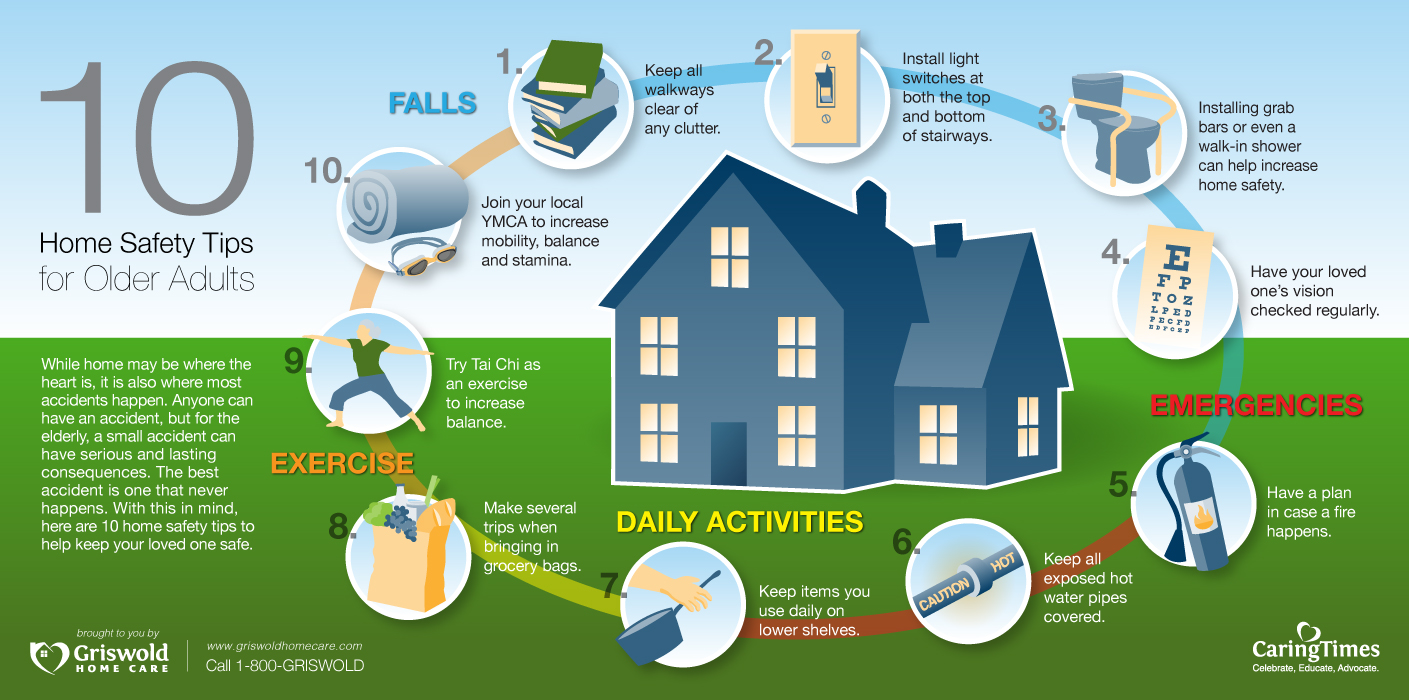Just How Weather Condition Impacts Your Roofing System: A Novice'S Guide
Just How Weather Condition Impacts Your Roofing System: A Novice'S Guide
Blog Article
Write-Up Writer-Massey Lohmann
When it involves your roofing system, the climate plays a vital duty in its total health and wellness and life expectancy. You may not recognize exactly how rainfall can bring about leaks or how hefty snow can emphasize the structure. Even the sunlight's unrelenting rays can weaken your roof covering products over time. It's important to understand these impacts, however what can you do to shield your roofing from the elements? Checking out upkeep strategies and product options could be vital to guaranteeing your roofing stands strong against whatever Nature tosses its method.
Results of Rain on Roofing
Rain can be a quiet adversary to your roof covering, triggering both instant and lasting damages. When water seeps into cracks or voids, it can lead to leakages, which might disappoint up immediately. You could notice a discolor on your ceiling, however by then, the wetness can have already compromised your roofing system structure.
In time, consistent direct exposure to rain can weaken roof materials. Shingles might warp, curl, and even disintegrate, leaving your home at risk to additional water intrusion. Mold and mildew and mildew grow in moist problems, which can endanger your indoor air high quality and bring about health and wellness issues.
Standing water on your roof covering can also trigger severe problems. It includes unneeded weight, enhancing the threat of structural failure. And also, it can increase the damage of your roof covering products, making replacements more constant and costly.
To safeguard your roof covering, ensure your rain gutters are clean and functioning properly to divert rainwater away. Regular evaluations can aid you capture possible problems before they rise.
Taking these actions currently can save you money and time in the long run, maintaining your home secure and completely dry.
Influence of Snow and Ice
When winter shows up, snow and ice can posture substantial dangers to your roofing system, much like rain. Gathered snow can be quite hefty, and if it does not move off, it can produce a dangerous load that your roofing system mightn't be able to support. This pressure can result in sagging, leaks, and even architectural failing.
Ice can additionally trigger troubles, especially with ice dams. When snow on your roofing system thaws, it can stream down and refreeze at the eaves, producing a dam that avoids appropriate drainage. Water after that supports under roof shingles, resulting in leakages and water damage inside your home.
To secure your roofing, it's essential to keep seamless gutters free from particles, allowing for proper water drainage. On a regular basis examining your roof for indicators of wear and damages can assist catch issues early.
If you discover a substantial amount of snow, think about hiring a professional to remove it safely. Remember, it's better to be proactive regarding snow and ice than to manage costly fixings later. Taking discover this can help guarantee your roofing system holds up against the winter season without severe issues.
Sunlight and Temperature Level Challenges
While you may take pleasure in warm days, long term exposure to sunlight and severe temperatures can be detrimental to your roof. UV rays can break down roofing materials with time, leading to warping, cracking, or fading. If your roofing's roof shingles are made from asphalt, they might end up being weak under intense heat, making them more prone to damage.
Additionally, heats can enhance the risk of thermal growth. As materials expand throughout the warmth of the day and contract at night, this continuous cycle can develop stress on your roofing, potentially triggering leaks or various other architectural concerns.
You might also notice enhanced power costs as your cooling system functions harder to battle warm buildup in your attic.
It's important to pick roof materials that can endure your local climate's temperature variations. Light-colored or reflective roofing can help reduce warm absorption, while appropriate air flow in your attic can maintain a well balanced temperature.
Routine assessments and upkeep can also capture problems early, ensuring your roofing system stays in optimal problem. By remaining aggressive, you'll secure your investment and prolong your roofing's lifespan in spite of the obstacles postured by sunlight and temperature level extremes.
please click the next site , comprehending just how climate influences your roofing system is vital for preserving its stability and longevity. Rain can cause leaks, snow and ice can produce heavy loads, and long term sunlight exposure can create materials to break down. By staying proactive with regular maintenance and choosing the right products, you can shield your roof covering from the components. Remember, a properly maintained roof not just enhances your home's value yet also keeps you safe and comfortable for years ahead.
